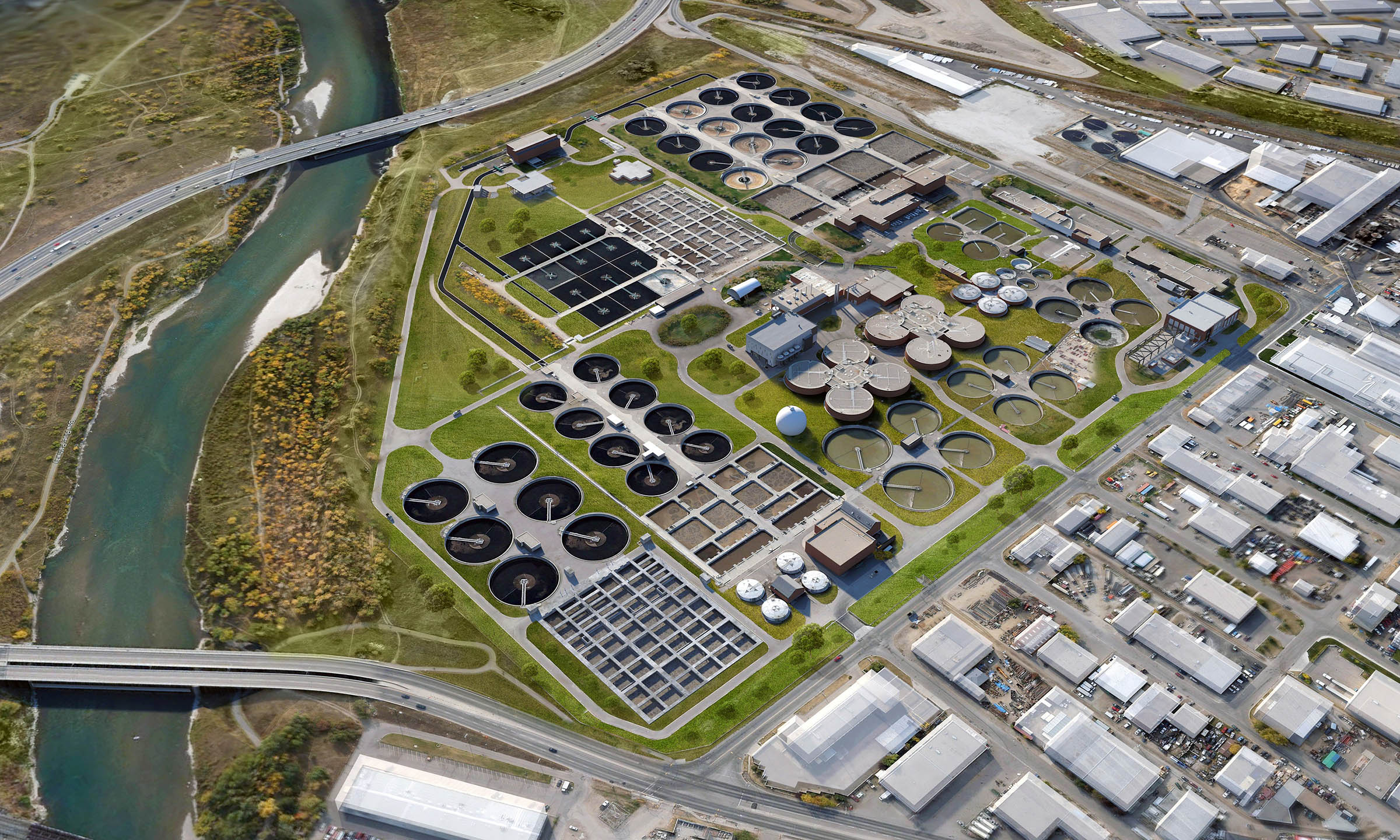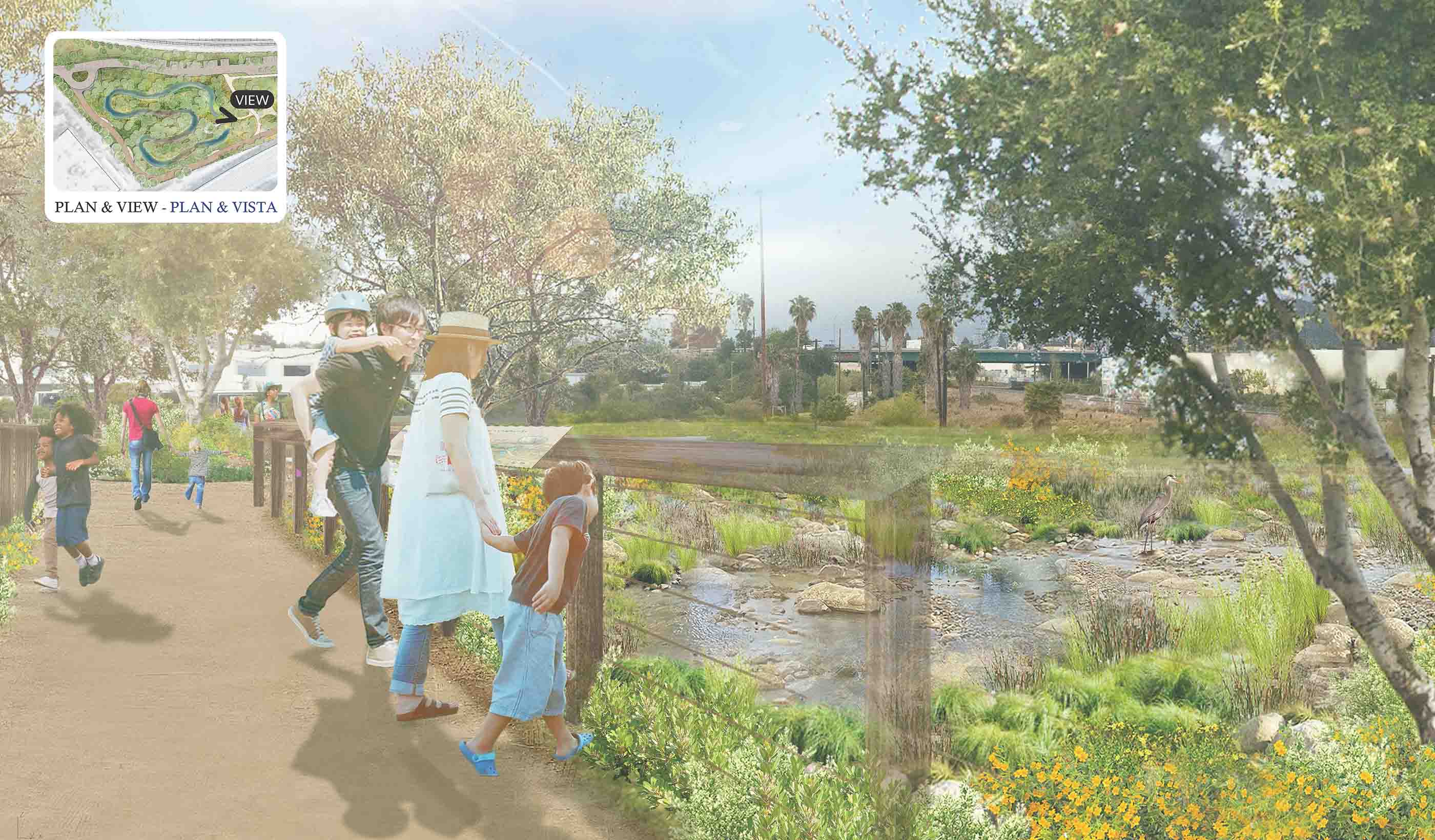At a Glance
-
$13M
Construction Value
- Location
- Toledo, Ohio
- Offices
-
-
Client
-
-
City of Toledo
-
-
Award
-
American Council of Engineering Companies, Ohio - Outstanding Achievement Award, 2017
- Location
- Toledo, Ohio
- Offices
- Client
-
- City of Toledo
- Award
- American Council of Engineering Companies, Ohio - Outstanding Achievement Award, 2017
Share
Toledo Waterways Initiative - Dearborn Storage Pipeline
When massive wet-weather events hit a combined sewer system, there’s a chance that the wastewater will overflow, dumping raw sewage into nearby waterways. That’s called a combined sewer overflow.
The City of Toledo needed to make this system better. Our job was to contribute the detailed design that would improve the City’s response to heavy wet weather events. But with a narrow design corridor between a fly ash contamination and the abutting streets, we had to get creative.
Our design will allow the first flush of a wet weather event to flow into a storage pipeline (by gravity) and back into the existing East Side Interceptor. But in larger wet weather events, wastewater beyond capacity will be stored within a pipeline. When the new pipeline is full, additional overflow will be permitted to enter the Maumee River.
Once the wet weather event subsides, and the level within the system returns to normal, the storage pipeline is designed to flow back into the sanitary sewer interceptor through regulation gates—giving the City flexibility in controlling the drainage rate.
These capital improvements will provide 1.6 million gallons of gravity-in/gravity-out combined sewer storage, which will reduce activity and allow for the relocation of the combined sewer overflow from the local marina to the main stem of the Maumee River.
At a Glance
-
$13M
Construction Value
- Location
- Toledo, Ohio
- Offices
-
-
Client
-
-
City of Toledo
-
-
Award
-
American Council of Engineering Companies, Ohio - Outstanding Achievement Award, 2017
- Location
- Toledo, Ohio
- Offices
- Client
-
- City of Toledo
- Award
- American Council of Engineering Companies, Ohio - Outstanding Achievement Award, 2017
Share
Justin Batt, Project Manager
Being an engineer allows me to combine two of my favorite things—problem solving and spending time outdoors.
Robert Dunlap, Associate, Senior Project Manager
Seeing a variety of projects become a reality is one of my favorite things about being an engineer.
We’re better together
-
Become a client
Partner with us today to change how tomorrow looks. You’re exactly what’s needed to help us make it happen in your community.
-
Design your career
Work with passionate people who are experts in their field. Our teams love what they do and are driven by how their work makes an impact on the communities they serve.























